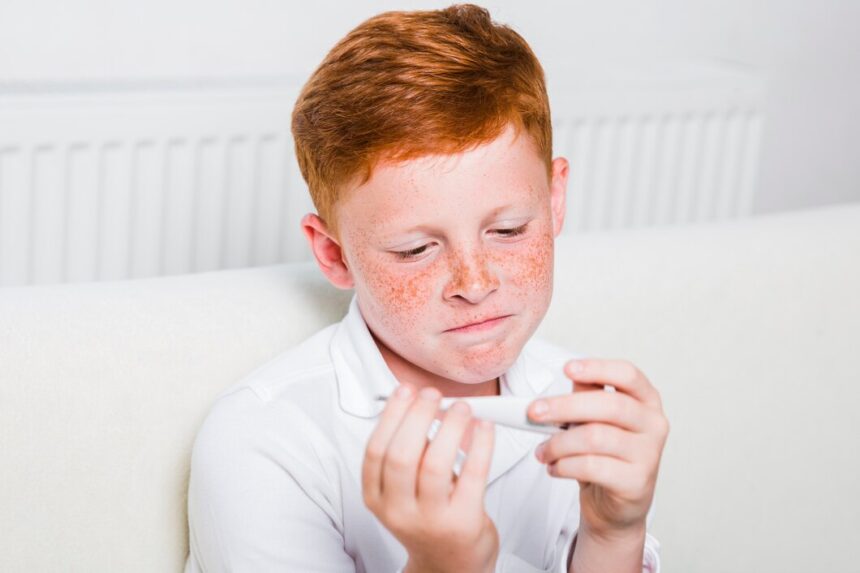Rabies is a viral infection that affects the central nervous system, leading to severe neurological symptoms and, if untreated, death. It is transmitted primarily through the bite of an infected animal. Early detection and intervention are crucial, especially in children, who may not express their symptoms as clearly as adults. Understanding the early signs and symptoms of rabies in children can help in seeking timely medical attention.
1. Behavioral Changes
One of the first signs of rabies in children may be changes in behavior. A child who is usually active and playful might become withdrawn, irritable, or unusually anxious. This change can occur within a few days to weeks after exposure to the virus.
2. Fever and Malaise
Children infected with rabies may experience a low-grade fever, fatigue, and general malaise. These symptoms can be easily mistaken for common viral illnesses, so it’s important to monitor their progression closely.
3. Pain or Tingling at the Site of the Bite
If a child has been bitten by an animal, they may experience pain, itching, or tingling at the site of the bite. This local reaction can be a significant early indicator of rabies, especially if it is accompanied by other symptoms.
4. Difficulty Swallowing and Hydrophobia
As the disease progresses, children may have difficulty swallowing and may develop a fear of water, known as hydrophobia. This is due to spasms in the throat muscles and is a classic sign of advanced rabies.
5. Neurological Symptoms
Rabies can cause a range of neurological symptoms, including confusion, hallucinations, and seizures. In children, these symptoms might manifest as unusual movements, difficulty walking, or sudden outbursts of aggression.
6. Paralysis
In the later stages of rabies, children may exhibit paralysis, particularly of the limbs. This paralysis can start at the site of the bite and spread to other parts of the body, leading to severe complications.
7. Other Symptoms
Additional signs can include excessive drooling, sensitivity to light, and changes in speech. Parents should be vigilant for any combination of these symptoms, especially after potential exposure to rabid animals.
Rabies is a preventable disease, and awareness of its early signs and symptoms is critical, especially for children. If a child has been bitten by an animal or exposed to a potentially rabid animal, immediate medical attention is essential. Post-exposure prophylaxis (PEP) can effectively prevent the onset of rabies if administered promptly. Always consult a healthcare professional if you suspect that your child may have been exposed to rabies or is exhibiting any concerning symptoms.










